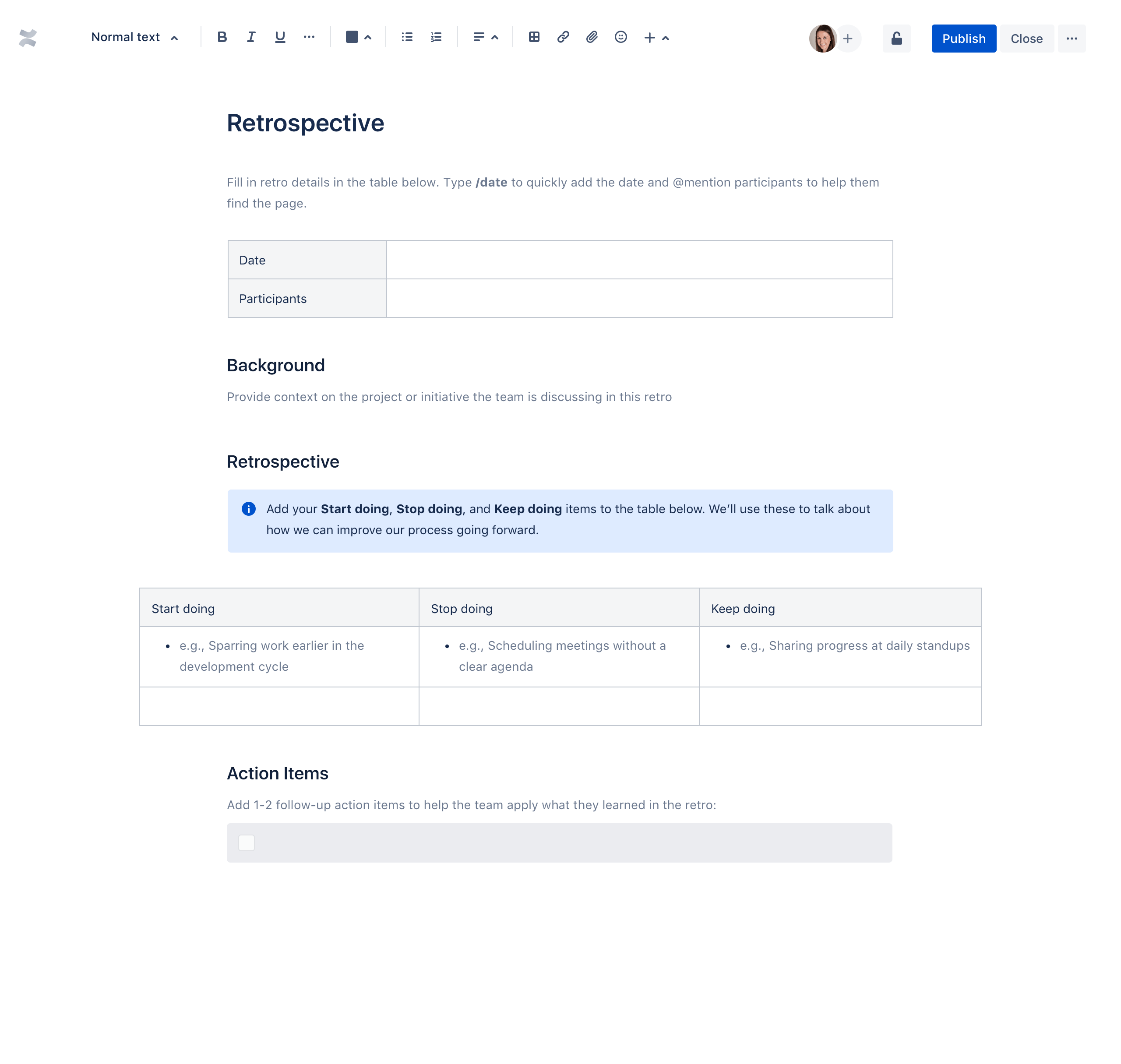

Whether you’re running your starfish retro live or online, teams will begin at the same starting point: idea generation.Īll team members will document their ideas as they pertain to the five categories described above. For example: “We have many weekly meetings without a clear agenda that sometimes take up to twice the allocated time and we should DO LESS OF these.” Singling out practices for which the effort required to perform them is much bigger than the benefit they bring. For example: “Having an occasional sync with the sales team provides more insights into our work and we should DO MORE OF these.” For example: “During the last Sprint, we found that keeping our daily standups short (no more than 15 minutes) made the meetings more focused and we should KEEP doing that.”īest practices that the team believes they should emphasize in their daily work and/or perform more often because they are value-generating. Highlight activities or practices that team members perceive as impactful and want to keep as part of the process. For example: “There is a study that states booking a regular weekly catch up with the customer increases the customer lifetime value (CLV) and I think we should START implementing this approach.” All fresh ideas are welcome whether they are based on previous experience or an insightful article. Raise ideas that the team wants to experiment with and bring into their process. For example: “STOP spending too much time on individual weekly reports that are not being reviewed. In short: activities that bring unnecessary wastes into the process and stall the group’s progress. Identify activities that do not bring value to the team or to the customer. Team members are invited to consider what they believe they need to: The Starfish retro format relies on a deep analysis of behaviours that are prevalent among the members of the team and continually impact the work process either positively or negatively.īy raising open-ended queries about the past as well as the future state of the team, this method of questioning encourages teams to take an honest look at their behaviors during the previous timebox of work and link them to process problems or successes. However, that hasn't prevented it from proving itself as an effective addition to any Agile team’s arsenal.

Kua’s template is relatively new, compared to other more familiar retro formats like the Fishbone retro. The Starfish technique was developed in 2006 by Patrick Kua, technology leader, author, and keynote speaker.

Here’s why you should seriously consider including it into your Agile ceremonies as a way to ensure that you are always running productive retrospectives that your team can look forward to. It’s a simple and powerful tool to boost visualization, anchor analytical skills, and improve decision-making during retrospective meetings. The Starfish Retrospective is also known as the starfish technique, starfish method for sprint retrospectives and other variations.


 0 kommentar(er)
0 kommentar(er)
